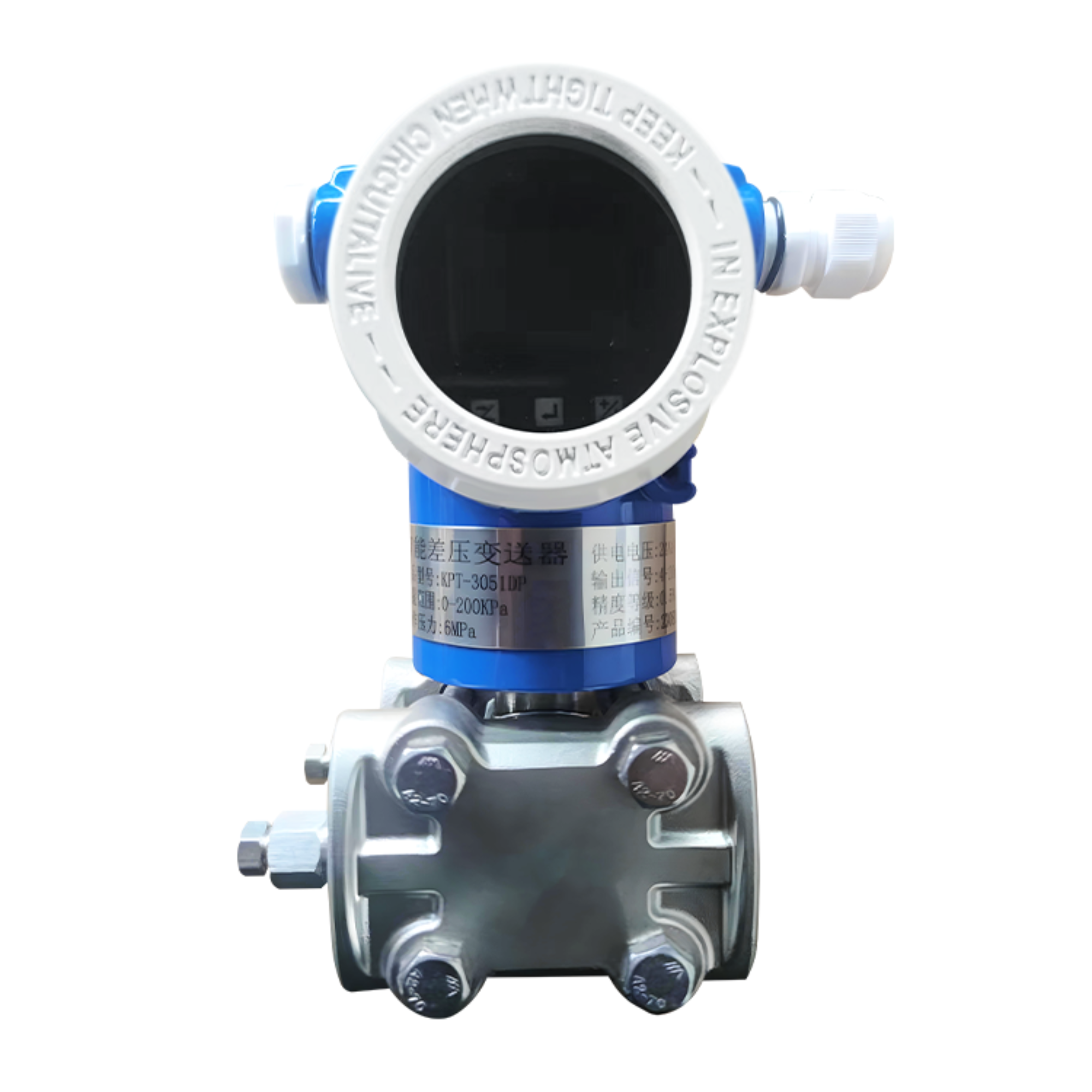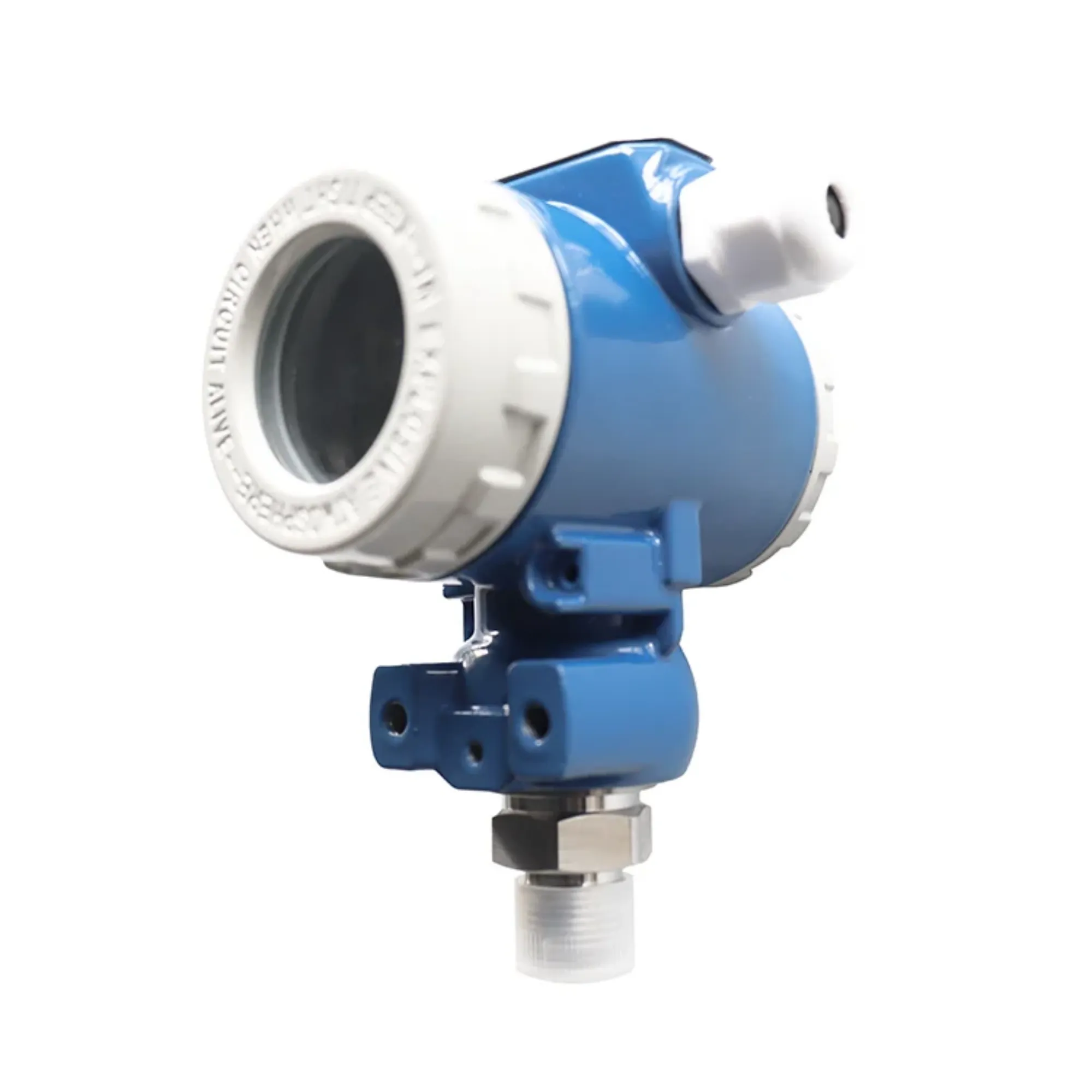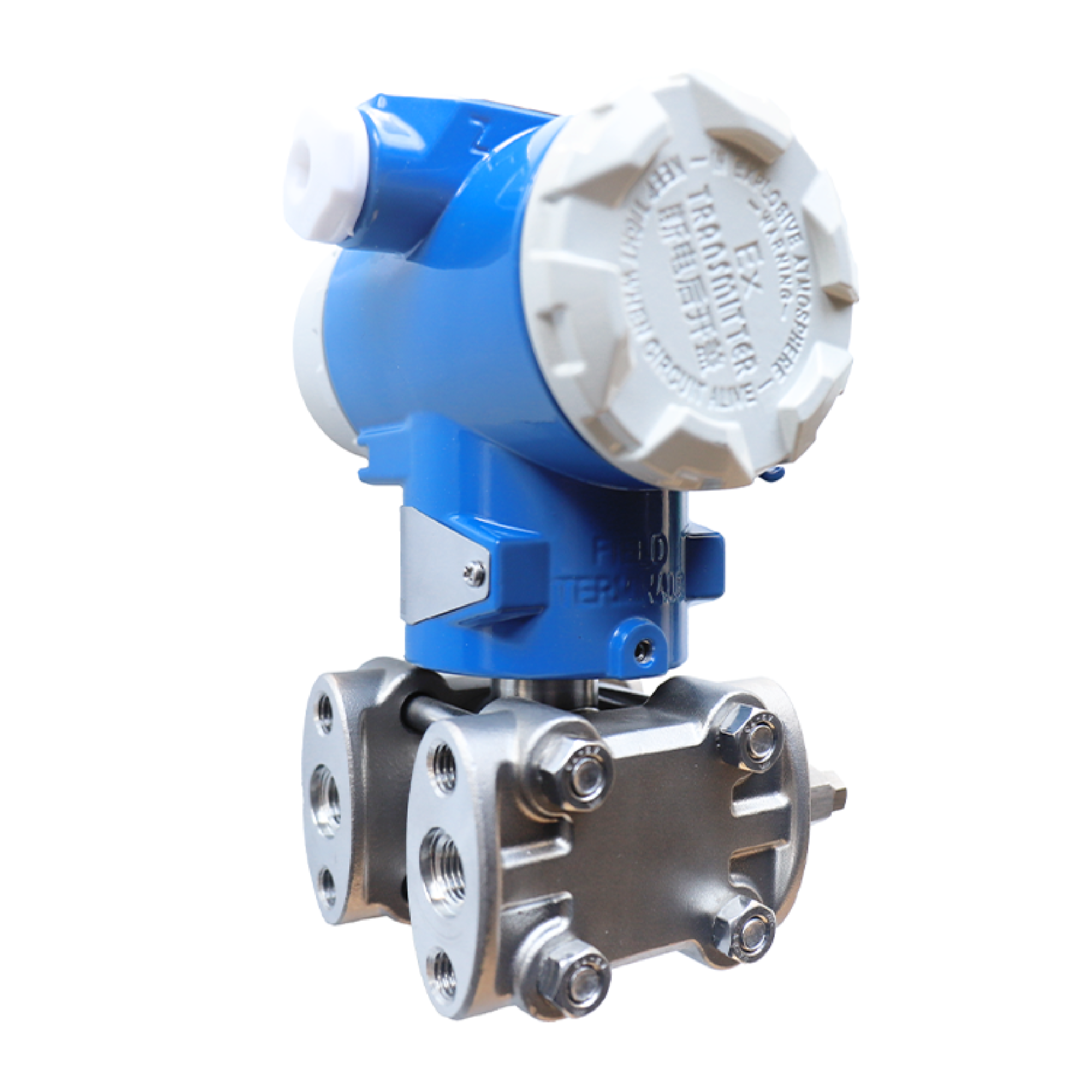Cele mai bune și de înaltă calitate 5 modele de transmițător de presiune a gazului pentru utilizare industrială - Sondaj de percepție
Transmițătoare de presiune | Traductoare de presiune - un dispozitiv utilizat în industria de producție industrială pentru a măsura și transmite semnale de presiune a gazului de la sistemele care conțin gaz către panourile de control sau computer. Folosit într-o varietate de aplicații industriale pentru a menține presiunea gazului - azotul, oxigenul și dioxidul de carbon sunt exemple principale. Lista de mai jos vă oferă o detaliere cuprinzătoare a celor mai importante 5 modele de transmițătoare de presiune a gazelor utilizate în industrii.
Transmițător de presiune Rosemount 3051S - Unul dintre cele mai comune transmițătoare de presiune utilizate în petrol și gaz, deoarece funcționează foarte bine pentru condiții de presiune înaltă și temperatură ridicată. Acest transmițător este disponibil într-o gamă largă de intervale de presiune, temperatură și presiune diferențială pentru fiabilitate și precizie ridicate, ceea ce îl face potrivit pentru mediile industriale solicitante

Seria Yokogawa EJA a fost utilizată pe scară largă în industria petrochimică ca unul dintre cele mai performante transmițătoare de presiune absolută și manometrică. Folosind tehnologie avansată de procesare a semnalului digital, această serie oferă precizie și stabilitate ridicate în condiții de mediu dure. Designul ușor de utilizat susține, de asemenea, procese ușoare de operare, întreținere și reparare, fiind astfel primul în linie pentru aplicațiile de petrol și gaze.

Transmițătorul inteligent Honeywell ST 800 este utilizat în diverse aplicații, de la procesarea hidrocarburilor și producția de energie până la alimente, băuturi și gaze industriale; operațiuni miniere/metalice, sisteme de apă/deșeuri, precum și produse farmaceutice. Transmițătorul include diagnosticare în timp real și interfețe pentru operatorul local cu capabilități de ecran tactil în teren, oferind o rază de acțiune fără ajustare a intervalului pentru performanțe îmbunătățite în diverse condiții ale fabricii.
Siemens SITRANS P DS III
Siemens SITRANS P DS III este unul dintre cele mai flexibile transmițătoare de presiune a gazului, cu afișaj grafic pentru o interacțiune mai bună cu interfața utilizatorului. Diagnosticarea sa avansată, navigarea intuitivă în meniuri și designul modular oferă transmițătorului să fie utilizat într-o gamă largă de industrii - petrol și gaze - chimie/rafinare. Iar precizia sa ridicată, stabilitatea pe termen lung și adaptabilitatea se combină pentru a economisi costurile de întreținere.

Transmițătorul de presiune ABB 266 a fost poziționat ca un standard industrial în diverse sectoare chimice, petrol și gaze, apă-apa uzată, aplicațiile de măsurare cu specificațiile corecte ale presiunii din gaze lichide aburi. Acest transmițător încorporează procesare avansată a semnalului pentru a oferi precizie, stabilitate și fiabilitate ridicate. Configurarea este facilitată de un asistent de configurare simplu, iar compatibilitatea cu mai multe protocoale de comunicații industriale (HART, PROFIBUS PA sau FOUNDATION Fieldbus) ajută la îmbunătățirea eficienței operaționale.
Cum se instalează un transmițător de presiune a gazului
Deci, instalarea unui transmițător de presiune a gazului este obligatorie dacă aveți un sistem industrial în care o parte a acestuia trebuie să măsoare și să mențină volumul adecvat de gaz. Există ghiduri pas cu pas, după cum urmează, pentru fiecare dintre voi care caută instalarea:
Localizați locul corect: și aici, locul în poziția corectă pentru presiunea gazului ar trebui să fie stabil și închis în mod corespunzător, unde monitorizarea și întreținerea la fața locului se fac rapid [, ușurința de depanare [serviciu], funcționalitate, accesibil pentru calibrare]
Instalați transmițătorul: transmițătorul de presiune a gazului trebuie fixat ferm pe perete sau pe bază cu suporturi de montare în poziție orizontală, astfel încât să se poată face măsurători precise.
Instalarea emițătorului: Conexiunile electrice corespunzătoare între transmițător și sistem trebuie să fie realizate cu cablu sau conductă conectate în siguranță.
Calibrarea transmițătorului: Utilizați un instrument de calibrare pentru a calibra transmițătorul de presiune a gazului pentru citiri precise, pe măsură ce ajustările sunt făcute în ordine.
Verificați emițătorul: Odată ce ați terminat trecerea de calibrare, testați-vă transmițătorul, totuși, aplicând presiune și confirmați exactitatea funcționării corecte.
Transmițător de presiune a gazelorUtilizări, beneficii și provocări
Un transmițător de presiune a gazului oferă mediilor industriale multe avantaje, inclusiv măsurarea precisă a sistemului pentru a preveni defecțiunile cauzate de presiuni excesive. Ele ajută, de asemenea, la îmbunătățirea controlului procesului și, astfel, la reducerea timpului de nefuncționare, ceea ce duce la o productivitate mai bună, precum și la profitabilitate. Cu toate acestea, utilizarea transmițătoarelor de presiune a gazului are unele obstacole de depășit - în special că instalarea și calibrarea expertă pe teren sunt necesare atât din motive de funcționabilitate, cât și pentru a ajuta la evitarea costurilor suplimentare cu forța de muncă. Adăugați că defecțiunea sau funcționarea defectuoasă a acestor transmițătoare poate crea situații periculoase care afectează atât lucrătorii, cât și mediul.
Alegerea celui mai bun transmițător de presiune a gazului
Există o serie de lucruri pe care trebuie să le luați în considerare atunci când vine vorba de alegerea transmițătorului corect de presiune a gazului, inclusiv cerințele aplicației, cum ar fi diferite intervale de presiune, temperaturi și condiții de mediu. Celelalte considerații critice care trebuie reținute sunt câte protocoale de comunicație acceptă și viteza de instalare, întreținere. La sfârșitul zilei, depinde de stabilitatea preciziei și de fiabilitate ridicată, precum și de performanța pe ciclu lung de viață, cu funcție de diagnosticare adăugată și putere de procesare digitală pentru a se conforma mediului industrial modern.
TEHNICA INSTRUMENTAȚIEI 2: DEPONEREA TRANSMITĂTORULUI DE PRESIUNE A GAZ
Ca toate echipamentele industriale, transmițătoarele de presiune a gazului pot dezvolta unele probleme care vor necesita depanare. Un alt astfel de lucru pentru care plătim într-un sistem tradițional de detectare a presiunii pe trunchi sunt problemele comune cu transmițătorul care nu răspunde, citirile fiind inexacte și interferența datorată forțelor electromagnetice. Dar pentru a remedia toate acestea,
Dacă transmițătorul nu răspunde: asigurați-vă că cablajul este instalat corect. Nicio problemă cu sursa de alimentare sau componente nu au fost eșuate, verificați pentru a vă asigura că toate șuruburile și șuruburile sunt de asemenea sigure.
Citiri incorecte: Recalibrați transmițătorul de presiune a gazului pentru o citire inexactă și inspectați toate punctele de conectare pentru a asigura etanșarea.
Interferență: Protejați linia de transmisie pentru a evita interferența semnalului datorată forțelor electromagnetice.
În concluzie, transmițătoarele de presiune a gazului sunt o componentă esențială în diverse contexte industriale, deoarece ajută la măsurarea precisă și, prin urmare, susțin un control îmbunătățit al procesului și o productivitate îmbunătățită. Acestea fiind spuse, chiar și cele mai eficiente informații pe care le putem colecta vor fi afectate și vor reduce performanța dacă nu sunt utilizate metode de selecție adecvate, împreună cu bune practici de instalare, calibrare și întreținere, atunci când se utilizează transmițătoare de presiune a gazului.
Universități, institute de cercetare companii Tehnologia bazată pe transmițător de presiune a gazului clienții debitmetrul. Ei furnizează servicii mai mult de 20,000 de clienți din întreaga lumeexportă în mai mult de 60 de țări
companie certificată ISO9001, transmițător de presiune gaz SGS. are multiple brevete, cum ar fi senzorii noștri magnetici de aspirație, precum și debitmetrele cu orificii, precum și echipamentele de înaltă temperatură care analizează calitatea apei, care protejează drepturile exclusive de proprietate intelectuală.
transmițător de presiune gaz produse companie debitmetre cu ultrasunete debitmetre electromagnetice. debitmetre vortex debitmetre presiune diferentiala, debitmetre cu flotatie, transmitatoare de presiune, transmitatoare de nivel lichid, termocupluri, analizoare de gaze, analizoare de calitate a apei.
3000 de metri pătrați fabrică șase linii de produse, care includ mai mult de 40 de tipuri de produse mai mult de 100 de modele. domenii utilizate transmițător de presiune gaz, semiconductori, protecția mediului, metalurgie, gaze naturale, petrol, medical.
Copyright © Weibao Information Technology (Shanghai) Co,Ltd. Toate drepturile rezervate